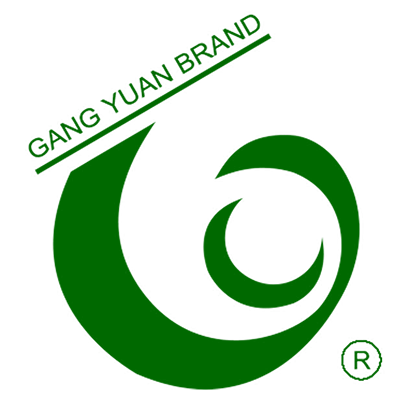Discover the Versatility of Masking Tape for Stenciling and Detailing
Discover the Versatility of Masking Tape for Stenciling and Detailing
Masking tape is a common household item that many people have overlooked for its true potential. While most individuals associate it with basic household tasks such as painting or securing objects, masking tape actually has a wide range of potential applications, particularly in the realm of stenciling and detailing. In this article, we will delve into the versatility of masking tape and explore how it can be used to achieve stunning effects in various artistic endeavors.
1. Unleashing Creativity with Masking Tape
When it comes to stenciling and detailing, creativity knows no bounds. Artists and craft enthusiasts are constantly on the lookout for innovative techniques and tools to elevate their work. Enter masking tape: a versatile and inexhaustible resource that can be your secret weapon to creating intricate and precise designs.
2. The Fundamentals of Stenciling with Masking Tape
Stenciling is an age-old technique that involves creating patterns or designs by applying paint, ink, or other mediums through a template. However, achieving clean lines and crisp edges can be a challenge, especially when using intricate stencils. Masking tape can come to your rescue! By carefully placing strips of masking tape along the edges of your stencil, you can ensure that your paint or ink only reaches the desired areas, resulting in impeccable designs.
3. Detailing with Precision: Harnessing the Power of Masking Tape
Detailing is a crucial aspect of many artistic endeavors, including sketching, painting, and even ceramics. Whether you're adding intricate patterns to a pottery piece or outlining the fine details of a portrait, masking tape can prove invaluable. Its adhesive properties allow it to stick to most surfaces without leaving residue, making it ideal for creating clean lines and protecting areas you wish to leave untouched.
4. Masking Tape as a Guide for Hand Lettering
Hand lettering has gained immense popularity in recent years, with individuals embracing the art of creating beautiful, personalized typography. However, achieving consistency and uniformity in letterforms can be challenging, especially for beginners. Using masking tape as a guide can significantly enhance your hand lettering skills. By outlining straight lines or marking reference points with masking tape, you can ensure consistent character height and alignment, resulting in professional-looking lettering every time.
5. Exploring Negative Space: A Creative Use for Masking Tape
Negative space is a powerful tool that can transform an ordinary design into something extraordinary. With masking tape, you can experiment with negative space, pushing the boundaries of your creativity. Apply strips of masking tape to create geometric shapes or outlines, and then fill in the surrounding area with vibrant colors or textures. Once you remove the tape, you'll be left with a visually striking artwork that plays with the interplay of positive and negative spaces.
6. Masking Tape for Dimensional Effects
Adding depth and dimension to artwork can elevate it to new heights. Using masking tape, you can create dimensional effects that take your artistic creations to a whole new level. By layering strips of masking tape at different angles, you can build up texture and create the illusion of three-dimensional shapes. Once you remove the tape, your artwork will reveal captivating layers that add intrigue and visual interest.
7. Masking Tape for Collage and Mixed Media
Collage and mixed media art often involve layering different materials and elements to create a visually dynamic composition. Masking tape can be an invaluable tool in this creative process. Its unique adhesive properties allow it to adhere to a wide range of surfaces, making it ideal for collaging various elements together. Use it to secure delicate paper cutouts, attach textured fabrics, or even create custom stencils for transferring complex shapes onto your composition.
8. Removing Masking Tape: Tips and Tricks
While masking tape can be a remarkable tool, proper removal is equally important to ensure clean and precise results. Here are a few tips and tricks to help you remove masking tape without damaging your artwork:
- Always remove masking tape at a 45-degree angle to minimize the risk of tearing or leaving behind sticky residue.
- If you encounter resistance while removing the tape, use a hairdryer to gently warm the adhesive. This will soften it, making it easier to peel off.
- For delicate surfaces, test the tape on a small, inconspicuous area before applying it to the entire artwork.
- If any adhesive residue remains after removing the tape, gently dab it with rubbing alcohol or a mild adhesive remover using a clean cloth.
- Allow your artwork to fully dry before applying masking tape to prevent any moisture-related issues.
In conclusion, masking tape is a versatile tool that holds untapped potential for stenciling and detailing in various artistic endeavors. From stenciling and hand lettering to dimensional effects and mixed media art, masking tape can help you achieve precise and stunning results. So the next time you embark on a creative project, remember to explore the versatility of masking tape and unleash your ingenuity.
















